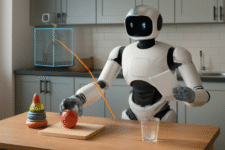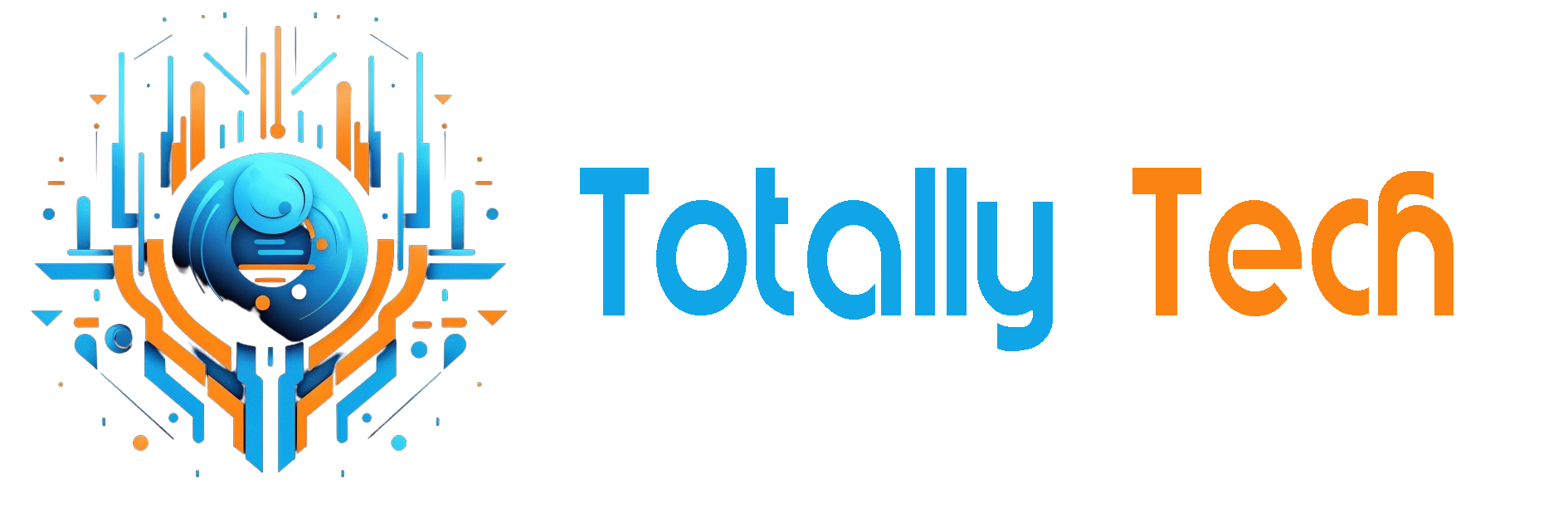
In recent years, artificial intelligence (AI) has advanced significantly across various fields, such as natural language processing (NLP) and computer vision. However, one major challenge for AI has been its integration into the physical world. While AI has excelled at reasoning and solving complex problems, these achievements have largely been limited to digital environments. To enable AI to perform physical tasks through robotics, it must possess a deep understanding of spatial reasoning, object manipulation, and decision-making. To address this challenge, Google has introduced Gemini Robotics, a suite of models purposedly developed for robotics and embodied AI. Built on Gemini 2.0, these AI models merge advanced AI reasoning with the physical world to enable robots to carry out a wide range of complex tasks.
Understanding Gemini Robotics
Gemini Robotics is a pair of AI models built on the foundation of Gemini 2.0, a state-of-the-art Vision-Language Model (VLM) capable of processing text, images, audio, and video. Gemini Robotics is essentially an extension of VLM into Vision-Language-Action (VLA) model, which allows Gemini model not only to understand and interpret visual inputs and process natural language instructions but also to execute physical actions in the real world. This combination is critical for robotics, enabling machines not only to “see” their environment but also to understand it in the context of human language, and execute complex nature of real-world tasks, from simple object manipulation to more intricate dexterous activities.
One of the key strengths of Gemini Robotics lies in its ability to generalize across a variety of tasks without needing extensive retraining. The model can follow open vocabulary instructions, adjust to variations in the environment, and even handle unforeseen tasks that were not part of its initial training data. This is particularly important for creating robots that can operate in dynamic, unpredictable environments like homes or industrial settings.
Embodied Reasoning
A significant challenge in robotics has always been the gap between digital reasoning and physical interaction. While humans can easily understand complex spatial relationships and seamlessly interact with their surroundings, robots have struggled to replicate these abilities. For instance, robots are limited in their understanding of spatial dynamics, adapting to new situations, and handling unpredictable real-world interactions. To address these challenges, Gemini Robotics incorporates “embodied reasoning,” a process that allows the system to understand and interact with the physical world in a way similar to how humans do.
On contrary to AI reasoning in digital environments, embodied reasoning involves several crucial components, such as:
- Object Detection and Manipulation: Embodied reasoning empowers Gemini Robotics to detect and identify objects in its environment, even when they are not previously seen. It can predict where to grasp objects, determine their state, and execute movements like opening drawers, pouring liquids, or folding paper.
- Trajectory and Grasp Prediction: Embodied reasoning enables Gemini Robotics to predict the most efficient paths for movement and identify optimal points for holding objects. This ability is essential for tasks that require precision.
- 3D Understanding: Embodied reasoning enables robots to perceive and understand three-dimensional spaces. This ability is especially crucial for tasks that require complex spatial manipulation, such as folding clothes or assembling objects. Understanding 3D also enables robots to excel in tasks that involve multi-view 3D correspondence and 3D bounding box predictions. These abilities could be vital for robots to accurately handle objects.
Dexterity and Adaptation: The Key to Real-World Tasks
While object detection and understanding are critical, the true challenge of robotics lies in performing dexterous tasks that require fine motor skills. Whether it’s folding an origami fox or playing a game of cards, tasks that require high precision and coordination are typically beyond the capability of most AI systems. However, Gemini Robotics has been specifically designed to excel in such tasks.
- Fine Motor Skills: The model’s ability to handle complex tasks such as folding clothes, stacking objects, or playing games demonstrates its advanced dexterity. With additional fine-tuning, Gemini Robotics can handle tasks that require coordination across multiple degrees of freedom, such as using both arms for complex manipulations.
- Few-Shot Learning: Gemini Robotics also introduces the concept of few-shot learning, allowing it to learn new tasks with minimal demonstrations. For example, with as few as 100 demonstrations, Gemini Robotics can learn to perform a task that might otherwise require extensive training data.
- Adapting to Novel Embodiments: Another key feature of Gemini Robotics is its ability to adapt to new robot embodiments. Whether it’s a bi-arm robot or a humanoid with a higher number of joints, the model can seamlessly control various types of robotic bodies, making it versatile and adaptable to different hardware configurations.
Zero-Shot Control and Rapid Adaptation
One of the standout features of Gemini Robotics is its ability to control robots in a zero-shot or few-shot learning manner. Zero-shot control refers to the ability to execute tasks without requiring specific training for each individual task, while few-shot learning involves learning from a small set of examples.
- Zero-Shot Control via Code Generation: Gemini Robotics can generate code to control robots even when the specific actions required have never been seen before. For instance, when provided with a high-level task description, Gemini can create the required code to execute the task by using its reasoning capabilities to understand the physical dynamics and environment.
- Few-Shot Learning: In cases where the task requires more complex dexterity, the model can also learn from demonstrations and immediately apply that knowledge to perform the task effectively. This ability to adapt quickly to new situations is a significant advancement in robotic control, especially for environments that require constant change or unpredictability.
Future Implications
Gemini Robotics is a vital advancement for general-purpose robotics. By combining AI’s reasoning capabilities with the dexterity and adaptability of robots, it brings us closer to the goal of creating robots that can be easily integrated into daily life and perform a variety of tasks requiring human-like interaction.
The potential applications of these models are vast. In industrial environments, Gemini Robotics could be used for complex assembly, inspections, and maintenance tasks. In homes, it could assist with chores, caregiving, and personal entertainment. As these models continue to advance, robots are likely to become widespread technologies which could open new possibilities across multiple sectors.
The Bottom Line
Gemini Robotics is a suite of models built on Gemini 2.0, designed to enable robots to perform embodied reasoning. These models can assist engineers and developers in creating AI-powered robots that can understand and interact with the physical world in a human-like manner. With the ability to perform complex tasks with high precision and flexibility, Gemini Robotics incorporates features such as embodied reasoning, zero-shot control, and few-shot learning. These capabilities allow robots to adapt to their environment without the need for extensive retraining. Gemini Robotics have the potential to transform industries, from manufacturing to home assistance, making robots more capable and safer in real-world applications. As these models continue to evolve, they have the potential to redefine the future of robotics.
The post Gemini Robotics: AI Reasoning Meets the Physical World appeared first on Unite.AI.

